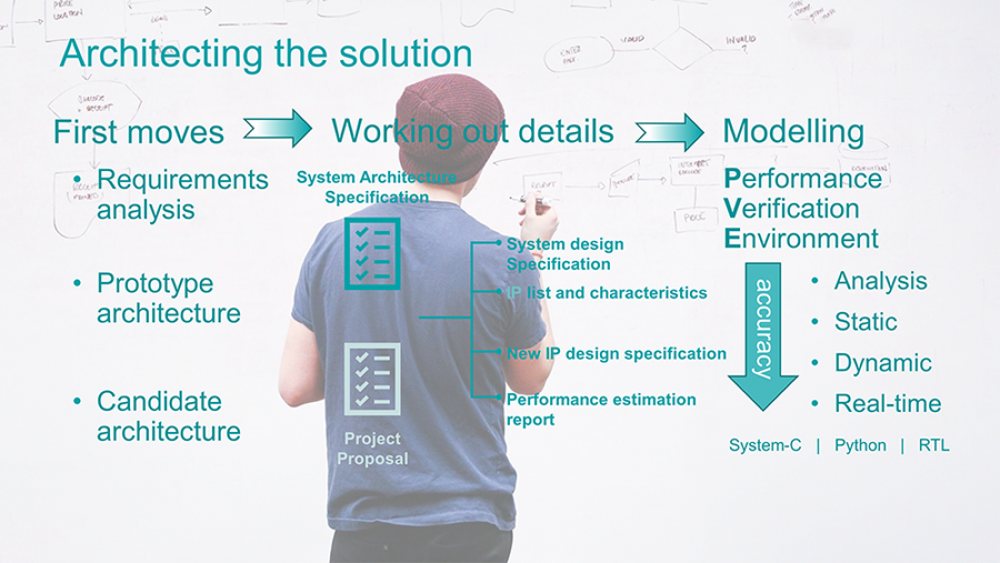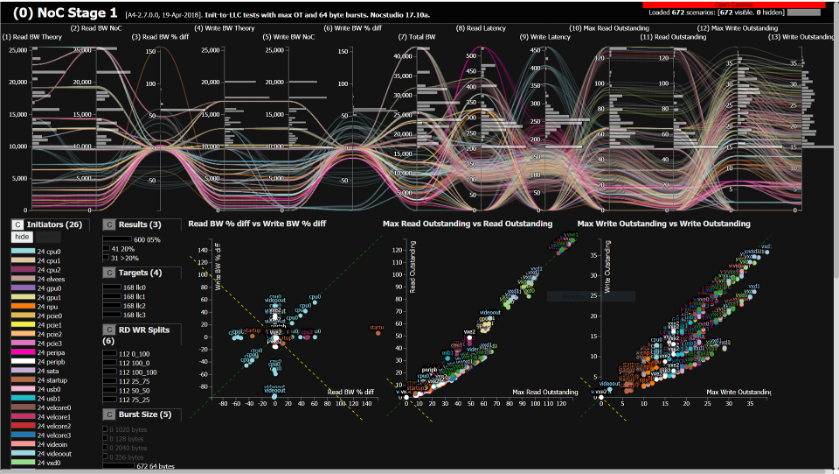Architecture Study Service
Having a concept for a new chip is only the first step, the next is to work out if it is feasible to make it at the right price point. Most companies don’t have this expertise in house which is why Sondrel offers its Architectural Study Service.
Having a concept for a new chip is only the first step, the next is to work out if it is feasible to make it at the right price point. Most companies don’t have this expertise in house which is why Sondrel offers its Architectural Study Service.
As one of the world’s largest chip design consultancies, we have the ability to look at the idea for a new chip and respond with an Architectural Study report of how to make it and how much it will cost with a high degree of accuracy. We have designed hundreds of chips so we can draw on this wide variety of experience to propose how it could be done, what technologies are needed and what it would cost per chip. Even before we undertake this detailed study, our knowledge means we provide a quick indication of costs that gives an indication of viability.
At the early concept stage of a new chip, most companies have no idea of the time or costs to make it. The high-level costed plan for developing and manufacturing a chip that Sondrel has provided customers has proved invaluable in several cases as it has helped companies refine their specification and fine tune features to achieve the target end price. In other cases, having these figures enabled the start-up to return to investors with a solid case for a further, successful investment round.
The electronics industry is always full of new and exciting ideas and now we can help companies know which ones could be turned into commercial realities so that they can focus their efforts on them
So, how do we this?

First, our architects need to understand our customer’s requirements and, if necessary, develop them with the chip designer in mind.
Our Requirements Analysis phase aims to understand “the game” and guide our first moves. We look at environmental and system constraints, for example power and interfaces, and understand use-cases. Our prototype architecture for system software and hardware determines our subsequent explorations. We consider the required building blocks and IP, the compute engines, interfaces, memory and so on.
Through refinement we arrive at our candidate architecture along with estimations of die size, NRE costs and schedule to accommodate the customers product and business requirements.
From the candidate architecture, the next level of details must be determined to create a viable system architecture specification from which the project proposal is determined.
Modelling and analysis of key system behaviours, data flows for use cases validate that the architecture will behave as intended.
Investment in modelling at this stage mitigates risk and produces solid, engineering confidence in the proposal. This is where Sondrel’s platform approach kicks in. Our modelling environment supports relatively easily configuration to match the project needs.

PVE modelling
Sondrel’s modelling methodology has been evolved into a proprietary environment called PVE. Over the years we have invested heavily to develop and support this competence.
High level models are used for ‘what-if’ modelling to test alternatives. Of course, this is not “free” but SoC are multi-million-dollar investments so you need to have confidence in the proposed solution.
Our architects quickly explore different options using highly abstracted models that produce results early in the process.
As the design evolves, we trade fast turnarounds for increased accuracy, so, in the concept development phase, we may be modelling the system statically using spreadsheets, or developing some C models to understand how specific algorithms might be implemented.
